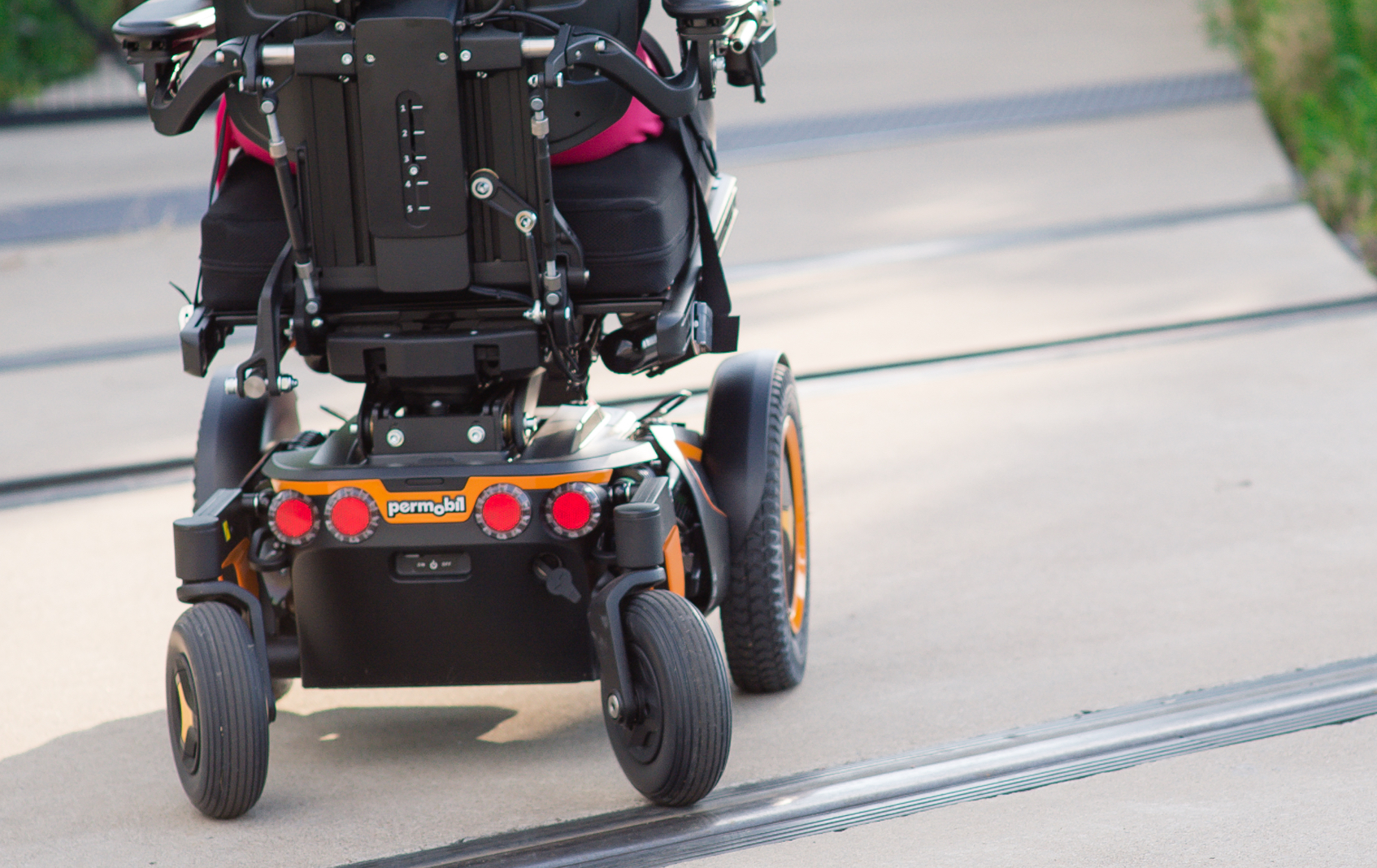For people who suffer from mobility impairments, wheelchairs are a welcome relief. They not only help to solve the issue of limited mobility but also enhance the user’s quality of life. Thus, it is obvious that wheelchairs are essential additions to the lives of people who suffer from mobility impairments.
However, buying the right type of wheelchair can be complicated. For starters, you would need to have an in-depth knowledge of the different types available and their specifications. There are also important factors to consider before buying one for yourself or your loved one.
We understand that this may be overwhelming for you and as such, we’ve outlined an easy-to-follow guide on the different types of wheelchairs and how to make the right choice.
What are the Different Types of Wheelchairs?
Wheelchairs are classified into two broad categories: manual wheelchairs and power wheelchairs. However, these categories have sub-models under them.
Manual wheelchairs require effort on the part of the user or the carer. These wheelchairs are usually propelled either by the carer or the user.
On the other hand, power wheelchairs typically come with a motor and a rechargeable battery, just as the name suggests. This type of wheelchair requires very minimal effort from the user as it is propelled by a hand control on the armrest.
Let’s take a look at the different models of wheelchairs available:
Travel/ Transit Wheelchair
These wheelchairs are typically lightweight and foldable, and this makes them perfect for traveling. It serves as a secondary option for people who can’t use their standard wheelchairs or mobility aids. For instance, when you cannot travel with your standard wheelchair due to convenience-related issues, you can always use a travel wheelchair. It works just as well and is a great option for people who just need to use a wheelchair for a short time.
These wheelchairs usually come with small wheels and foldable frames that make it easy for them to be lifted and stored in the boot of a car.
Self-propelled Wheelchair
A self-propelled wheelchair is typically pushed and controlled by the user. However, in some cases, it is pushed with the assistance of a carer.
For people who want to move around at home without assistance, this wheelchair is an excellent option. It also comes with a lightweight frame just like the travel wheelchair. However, it is sturdier and can have an adjustable height and backrest to suit the user’s body frame.
Self-propelled wheelchairs also come with adjustable handles to maximize the carer’s comfort when pushing.
Powered Wheelchair
When it comes down to comfort and independence, powered wheelchairs are at the top of the competition. They provide users with maximum comfort and convenience. Also known as motorised or electric wheelchairs, the powered wheelchair comes with a joystick on the armrest for controlling the speed and direction.
Navigating slopes with this wheelchair is quite easy, thanks to the presence of a motor.
Usually, a powered wheelchair lets users go about their daily activities with ease and at walking speed. They are built with a compact design for indoor use and can be disassembled easily for journeys or trips.
Is a Wheelchair Right for You?
If you are struggling with mobility and can only take a few unassisted steps before resting, then you may need a wheelchair. However, you may need to consult a doctor and undergo a medical examination or see an occupational therapist. During the examination, your mobility limitations will be evaluated to decide if you do need a wheelchair.
Usually, wheelchairs will be beneficial to you if you have limited mobility but are physically capable of operating one unassisted. But this is usually left for a doctor or health care provider to decide.
Whether one is suffering from short-term limited mobility or long-term disability, getting a wheelchair will be beneficial. This mobility device provides users with independence and a certain level of freedom. Depending on the type and design, wheelchairs can be used indoors or even on rough terrains. They can also be used temporarily by people who are recovering from injuries or operations.
Although wheelchairs are helpful mobility aids, it all boils down to personal choice at the end of the day. A wheelchair may be right for you, but you get to decide if you want to use one or not.
What to Consider Before Getting a Wheelchair
When it comes to getting a wheelchair, it is important to go with one that will first meet your needs. As a result, it becomes very crucial to consider certain factors before going ahead to buy any wheelchair at all. For starters, the first step to take is to consult a doctor or physiotherapist about your requirements. They will help you understand all that is required, and how you can make the most of it. Once this is done, you can then go on to consider other factors such as:
● Mobility limitations: If you’re buying a wheelchair for mobility impairments, the obvious key factor to consider is your mobility limitations. For certain people, additional assistance is needed even when a wheelchair is thrown into the mix. Thus, the extent of your mobility limitations will determine the kind of wheelchair to get or if you should even use a wheelchair at all. Usually, a self-propelled wheelchair is an ideal option for people who want to enjoy a bit of freedom without requiring assistance. However, this type of wheelchair requires upper body strength. So, before choosing this type of wheelchair, you may need to ask yourself: Do I have sufficient upper body strength to operate a manual wheelchair? If you do not, then powered wheelchairs are your best bet.
● Use: Another factor to consider when choosing a wheelchair is when and how you’d be using it. Will you use it all the time or is it merely an addition to other mobility aids? Do you intend to use it both outdoors and indoors? Will you need to navigate small slopes? If you intend to be navigating small slopes and ramps, you may want to use a powered wheelchair. Thanks to their motor, they can easily be used to go down slopes and similar declines.
● Storage: This is another important yet often overlooked factor. Do you intend to store your wheelchair at home? Or do you intend to travel with it? Many wheelchairs are bulky and rigid so they cannot be folded before storage. If you’d be traveling frequently, this type of wheelchair can be a nightmare. As such, a flexible lightweight wheelchair will be an ideal option. We hope that considering these vital factors will help you make the right decision when choosing a wheelchair.







